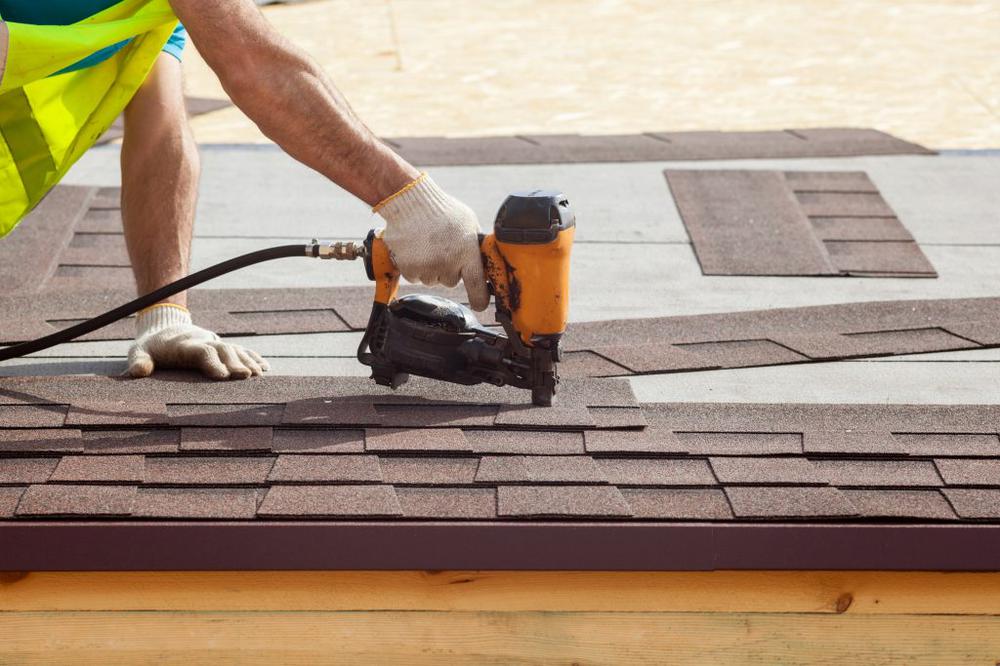A roof is a primary factor in any home’s curb appeal. But more important, it serves a critical role in maintaining or improving energy efficiency, managing water and moisture, and guarding against damage caused by high winds and fire.
Recent upgrades to national building and energy codes place even more responsibility on builders and contractors to deliver roofs that perform at an even higher level, prompting roof manufacturers to up their game with better products and a more systematic approach to residential roofing.
Energy Efficiency. Few people think of a roof having much impact on a home’s energy demand … until you consider that it bears the brunt of the sun’s heat every day. Solar heat can penetrate the roof into the attic, resulting in temperatures that far exceed the conditioned living spaces below. The hot air in the attic seeps into the conditioned spaces through gaps in the ceiling, causing a home’s cooling system to work harder to keep the house comfortable.
To analyze the energy efficiency of your home’s roof, it’s important to think about it as a system. Your attic and roof need to provide a surface sufficient to shed moisture, but also must provide ventilation to the attic space and an air seal between the attic and the living space. To create that air seal, all penetrations into the ceiling drywall get foamed or caulked to ensure that conditioned air from the home doesn’t escape to the unconditioned attic space. It is also critical that the air in the attic has proper circulation and venting. This venting is provided in both vents in the eaves of the home and through vents near the ridge of the roof. Proper air seal and ventilation make a huge difference in the energy efficiency of your home.
Managing Water. Obviously, the roof is a home’s first line of defense against moisture and rain. But equally important is the roof’s ability to effectively and quickly shed and direct water runoff away from the house.
The best practice to manage water is to properly install the shingles and appropriate flashing components per the manufacturer’s specifications and standards. Flashings should be constructed along valleys and other V-shaped or odd roof intersections, at the eave corners (called “kick-outs”), and at every penetration, such as vent pipes, chimneys, and skylights. Water should flow down the roof to a gutter and downspout system (which is free of debris), expelling the water harmlessly away from the home and its foundation.
Durability. A home’s roof also is an important component in high winds or a wildfire. Recent advancements in building products, practices, and codes have made today’s roof even more resilient against these forces of nature.
In addition to using the proper ring-shank nails and fastener spacing to secure a roof’s plywood deck to the roof trusses, water-resistant membranes between the deck and conventional roofing felt paper serves as an effective shield against damage. This would be important should the shingles become broken or loose during a storm and allow wind and water to reach the deck.
Of course, properly fastening the roofing finish to the deck is critical to withstand damage, while a non-combustible material (basically anything non-wood) will help to retard the spread of flames should a fire break out.
By reducing the potential for wasteful energy use, moisture problems and property loss, today’s roofing systems often earn discounts on home insurance premiums because they present a lower risk to insurance carriers.
As a professional builder, it is our responsibility to build the best home possible. In addition to ensuring the proper installation of every roofing system, we also investigate and incorporate additional methods and materials that improve the performance of the roof and our homes overall.


